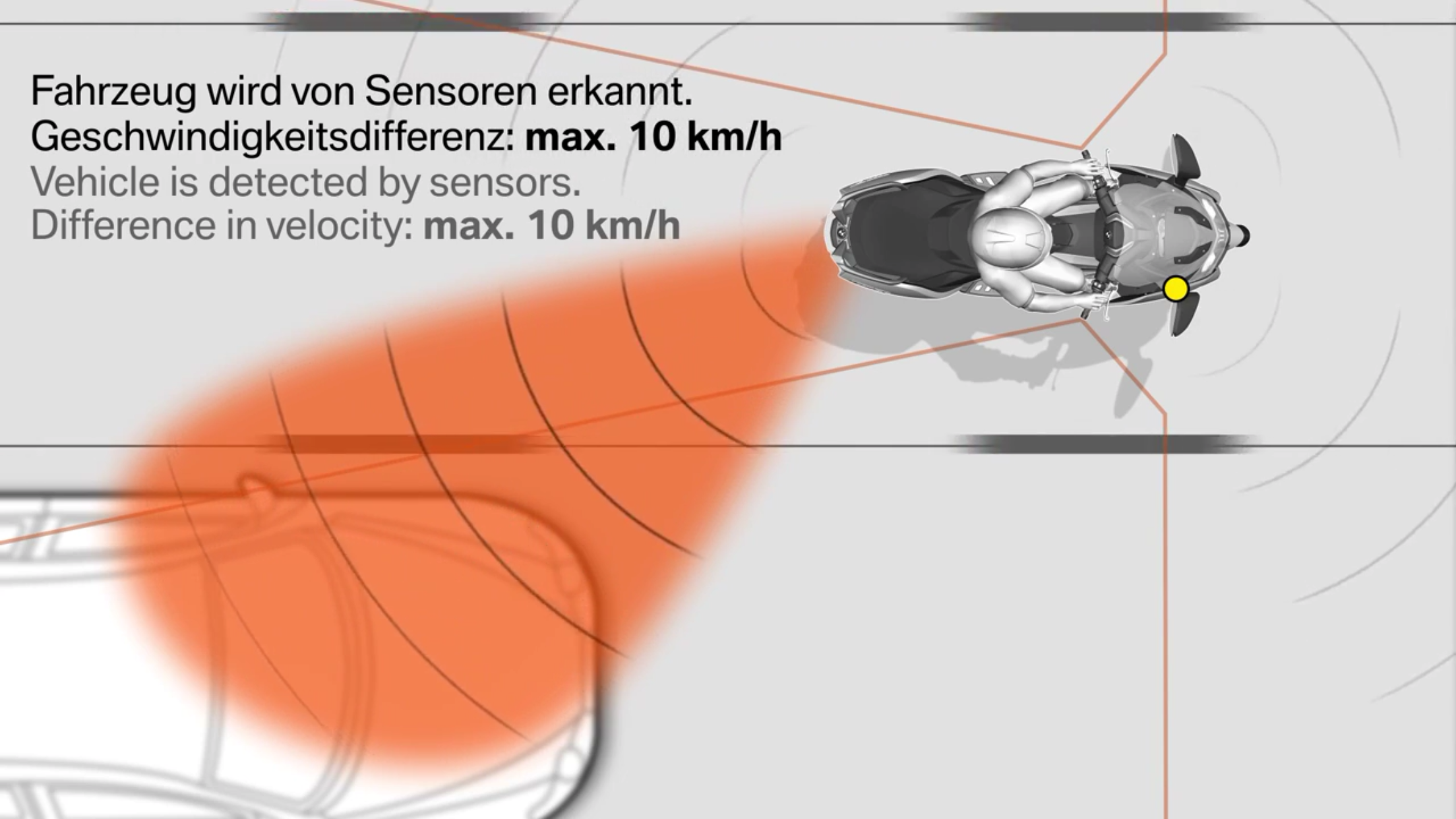In our modern society, electricity is an almost absolute necessity. Or lives have become incredibly dependent upon our electronics and when something happens to the local electrical grid, as happened earlier this year in my town, the loss of electricity can prove particularly inconvenient, especially for someone who works remotely from home. Thinking back, it could have been great to have the power stored in the high voltage battery of my Ford Focus Electric. Honda has come up with a solution for that very problem. The Power Exporter is able to convert the DC power stored in the high voltage battery of an EV and turn it into usable AC power for household electronics.
Using the increasingly more ubiquitous Chademo charging port, the system is able to supply up to 9kWh of power a day, more than enough to keep most basic necessities running in most homes. For my purposes, where my average daily usage is more like 5kWh per day, the battery of my Focus Electric can supply almost a full work week's worth of power. If I reduce a few less necessary items, I could probably go a full week assuming the battery on the car was fully charged. Even on a partial charge, the car would have gotten me through a few days, which would have worked out perfectly for the few days we were without power. Unfortunately, the Focus Electric does not support Chademo.
Still, the idea is a good one and would have been a great alternative to the noisy generators that many of my neighbors had. With the likelihood that electric vehicles will become increasingly prevalent in the future, systems such as these might offer an increased incentive to consider joining the electric revolution.












